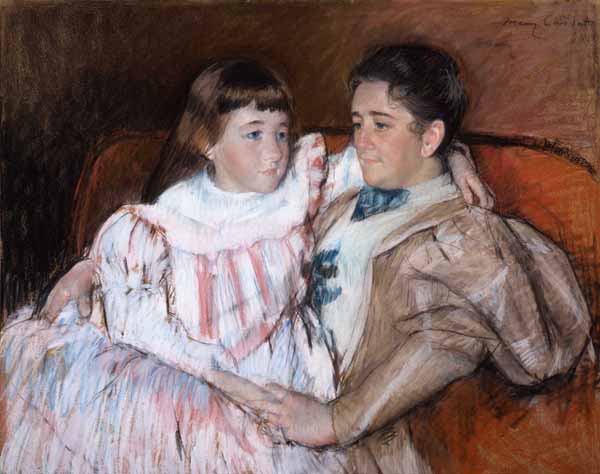
Shelburne Museum founder Electra Havemeyer Webb gathered a collection of portraits in the late 1950s that was meant to “instill in those who visit a deeper understanding and appreciation of our [national] heritage.” Visages of America’s revolutionary forebears, like George Washington and John Scollay, hung alongside progressive portraits of 19th-century abolitionists William and Nancy Lawson as well as renderings of notable indigenous leaders like Seneca orator Sa-go-ye-wat-ha (also known by his English moniker, Red Jacket). These painted portraits complemented a wide range of material culture at the Museum, inflecting visitors’ understandings of and context for objects like still lifes, weathervanes, textiles, and folk art.
Shelburne Museum continues to collect intriguing objects that record the heritage and histories of American people. Many of these objects—like Luigi Lucioni’s My Father (1941) and Patty Yoder’s H is for Hannah and Sarah, A Civil Union (2000)—chart shifts and reconsiderations of the ways we think of ourselves as part of a larger American social fabric. All contribute to a fuller understanding of where we’ve come from and where we might be going.
Generous support for this exhibition is provided by The Donna and Marvin Schwartz Foundation and the Barnstormers at Shelburne Museum.